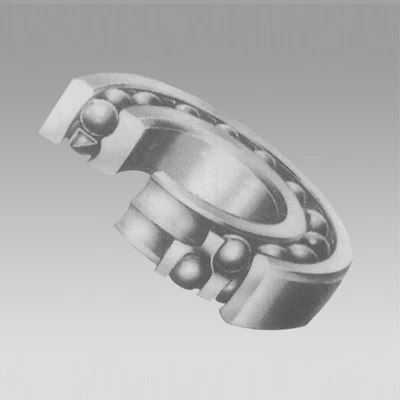
Kas . 11, 2024 08:37 Back to list
what is an angular bearing
What is an Angular Bearing?
An angular bearing, often referred to as a thrust bearing or angular contact bearing, is an essential type of rolling-element bearing that allows for the support and transmission of load in a specific direction while minimizing friction. These bearings are versatile and widely used in various machinery and applications, thanks to their ability to handle both radial and axial loads. Understanding the function, design, and applications of angular bearings is crucial for engineers, machinists, and technicians in modern manufacturing and engineering fields.
Design and Functionality
Angular bearings are designed with an internal structure that allows them to accommodate axial loads alongside radial forces. The key distinguishing feature of an angular bearing is the line of action of the load, which intersects the center of the bearing at an angle. This angular configuration enables the bearing to support higher axial loads than standard radial bearings.
The key components of angular bearings include
1. Inner and Outer Rings These are the races where the rollers or balls are positioned. The inner ring is connected to the rotating shaft, while the outer ring is fixed within the housing. 2. Rolling Elements Angular bearings can use either balls or rollers as rolling elements. The shape of the rolling elements affects stiffness and load capacity.
3. Cage or Separator This component keeps the rolling elements evenly spaced and reduces friction between them.
The angle of contact (typically noted as “α”) plays a critical role in determining the load direction and capacity of the bearing. Angular bearings can be single-row or double-row, with the latter providing greater load-carrying capacity and stability.
Types of Angular Bearings
1. Single-Row Angular Contact Bearings These are able to support thrust in one direction and are commonly used in applications where axial load is encountered from one side.
2. Double-Row Angular Contact Bearings These bearings can support axial loads from both directions, making them suitable for more complex loading conditions.
3. Four-Point Contact Bearings Designed to handle loads in multiple directions, these bearings can accommodate axial loads and moment loads simultaneously.
what is an angular bearing

Applications
Angular bearings are integral components in numerous applications across various industries
- Automotive Sector Used in wheel hubs, gearboxes, and motors, angular bearings enhance performance through improved load distribution and reduced friction.
- Aerospace Engineering Angular bearings are crucial in aircraft engines, landing gear systems, and regulatory mechanisms, where precision and reliability are paramount.
- Industrial Machinery In manufacturing equipment such as CNC machines and conveyor systems, these bearings help maintain alignment and precision under heavy loads.
- Electric Motors Angular contact bearings play a pivotal role in electric motor assemblies, allowing for efficient transfer of power and minimizing wear over time.
Advantages of Angular Bearings
The primary benefits of angular bearings lie in their capacity to handle both radial and axial loads while maintaining compact dimensions. Their design allows for higher load speeds, reduced frictional losses, and enhanced durability, which translates into lower operational costs and extended service life.
Moreover, angular bearings are generally designed to be more rigid than standard bearings, which helps prevent misalignment and ensures consistent performance in demanding applications. The ease of installation and maintenance further adds to their appeal in various engineering contexts.
Conclusion
In conclusion, angular bearings are a critical component in modern engineering and manufacturing, enabling the effective management of loads in dynamic applications. Their unique design allows for the efficient handling of both axial and radial forces, making them indispensable in various industries, from automotive to aerospace. As technology continues to evolve, the innovation surrounding angular bearings will likely lead to even more advanced designs, further enhancing their performance and reliability. Understanding these components is essential for anyone involved in mechanical engineering, as they play a vital role in ensuring machinery operates smoothly and efficiently.
Latest news
-
Precision Thrust Ball Bearings: Expert Axial Load Solutions
NewsSep.01,2025
-
Durable Greenhouse Pillow Block Bearings for Reliable Ventilation
NewsAug.31,2025
-
Spherical Roller Bearings Applications: Heavy Duty, Self-Aligning
NewsAug.30,2025
-
Premium Deep Groove Ball Bearings | High Speed & Reliability
NewsAug.29,2025
-
Durable Scaffolding Clamps - Secure & Reliable Tube Connectors
NewsAug.28,2025
-
Common Failures in Thrust Ball Bearings and Solutions
NewsAug.22,2025
